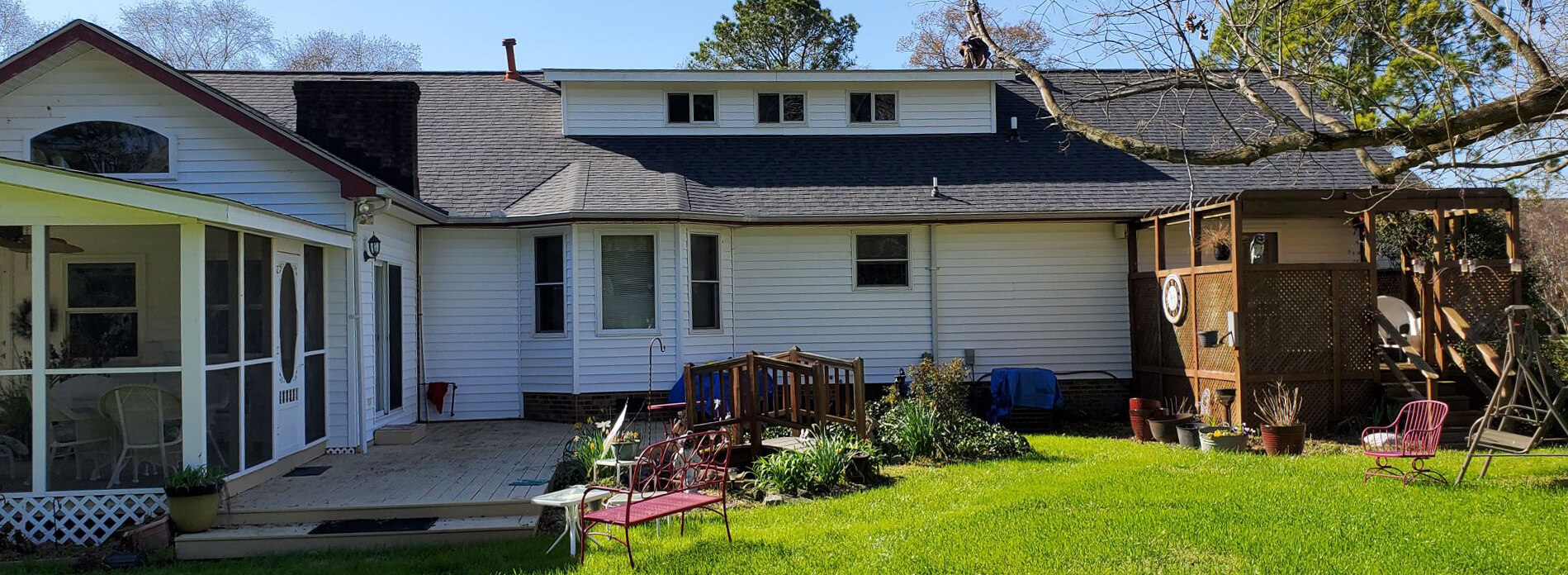As temperatures start to drop in Hampton Roads and the rest of Southeast Virginia, you may notice your home feeling a little draftier—or your energy bills creeping higher.
Your first inclination may be to blame an old HVAC system or drafty windows, but it’s possible that you’re overlooking one of the biggest factors in your home’s comfort and efficiency and that’s because it’s out of sight out of mind: insulation. Proper insulation is critical for the overall health and comfort of your home, but when it comes to your roof, insulation plays an especially critical role.
Why Roof and Attic Insulation Matter
Your roof system does more than just protect your home from rain and wind; it’s actually a big part of your home’s “thermal envelope.” The insulation in your attic does more than you might imagine to help regulate the temperature inside your house and to reduce the strain on your HVAC system. Without proper insulation, warm air escapes through your roof in winter and heat seeps in during the summer, making your HVAC system work overtime year-round, reducing its lifespan as well as your roof’s. When your insulation isn’t performing how it’s supposed to, you’ll notice the following issues:
- Condensation and Moisture Damage: Warm indoor air rising through the attic can condense on the underside of roof decking, leading to mold, rot, and eventually structural issues.
- Ice Dams: In colder months, uneven attic temperatures can cause snow to melt and refreeze at the roof edge, damaging shingles and gutters by preventing water from exiting the roof and trapping it, leading to interior leaks and/or by causing gutters to pull away from the roof eaves from the weight.
- Rotting Roof Materials: Constant temperature fluctuations and trapped moisture can shorten the life of roofing materials, which will show up in rotting, deteriorating shingles.
- Increased Energy Costs: Without effective insulation, heat loss or gain through the roof forces your HVAC system to work harder—costing you money every month.
Common Types of Insulation for Homes
It’s not something you sit around and look at home magazines for, so you may not realize that there are several different types of insulation available, each with its own advantages depending on your home’s age, structure, and budget. Here are just a few common options:
- Fiberglass Batt Insulation:
The most common and affordable type, fiberglass batts (those pink fluffy strips) are easy to install and provide good thermal resistance. However, they can leave gaps if not properly fitted, reducing effectiveness. They can also fall out of place or be easily disturbed by rodents. - Blown-In Insulation:
This style of insulation is best for attics with irregular shapes or hard-to-reach areas where batt insulation won’t fit or stay put. The blown-in cellulose or fiberglass can fill nooks and crannies more completely than batts and with easier and quicker installation. - Spray Foam Insulation:
This high-performance option creates an airtight seal and has higher insulating power per inch than most other materials. It’s great for new construction as well as renovations, but it comes at a higher cost and requires a company skilled at its installation and with the proper tools and machines to do the work. - Rigid Foam Boards:
Often used in new construction or roof replacements, rigid boards can add continuous insulation over roof decking and are especially effective in preventing thermal bridging (heat transfer through framing materials).
Insulation Life Span
A really important thing to keep in mind is that insulation doesn’t last forever. Most materials have a lifespan of 15 to 30 years, depending on the type, quality, and exposure to moisture or pests. Many older homes in the Tidewater region have original insulation that’s long past its prime and is settled, compacted, missing, displaced or even moldy. That means it’s no longer providing the protection your home and roof need.
If your attic feels unusually cold in winter or excessively hot in summer, or if your energy bills have steadily increased, it may be time to evaluate your insulation, along with other major systems in your home.
Your Roof Relies on Insulation
Proper insulation provides your home with comfort and protects your investment by extending the lifespan of other critical systems such as your roof, HVAC and plumbing. At Andrews Roofing, we’ve seen firsthand how poor insulation and ventilation can undermine even the best roofing materials. Whether you’re planning a full roof replacement or just looking to make your home more energy efficient this winter, it’s worth having your attic and roof insulation inspected by a licensed and qualified contractor.
Our team can evaluate your current roof and attic conditions, recommend improvements and local contractors experienced with insulation installation to help ensure your roofing system performs at its best for years to come. If you’ve noticed higher energy bills or uneven temperatures in your home, it might be time for a roof and insulation check-up. And if you’re concerned about any roof damage this may have caused, contact Andrews Roofing today to schedule an inspection and keep your home comfortable all winter long.
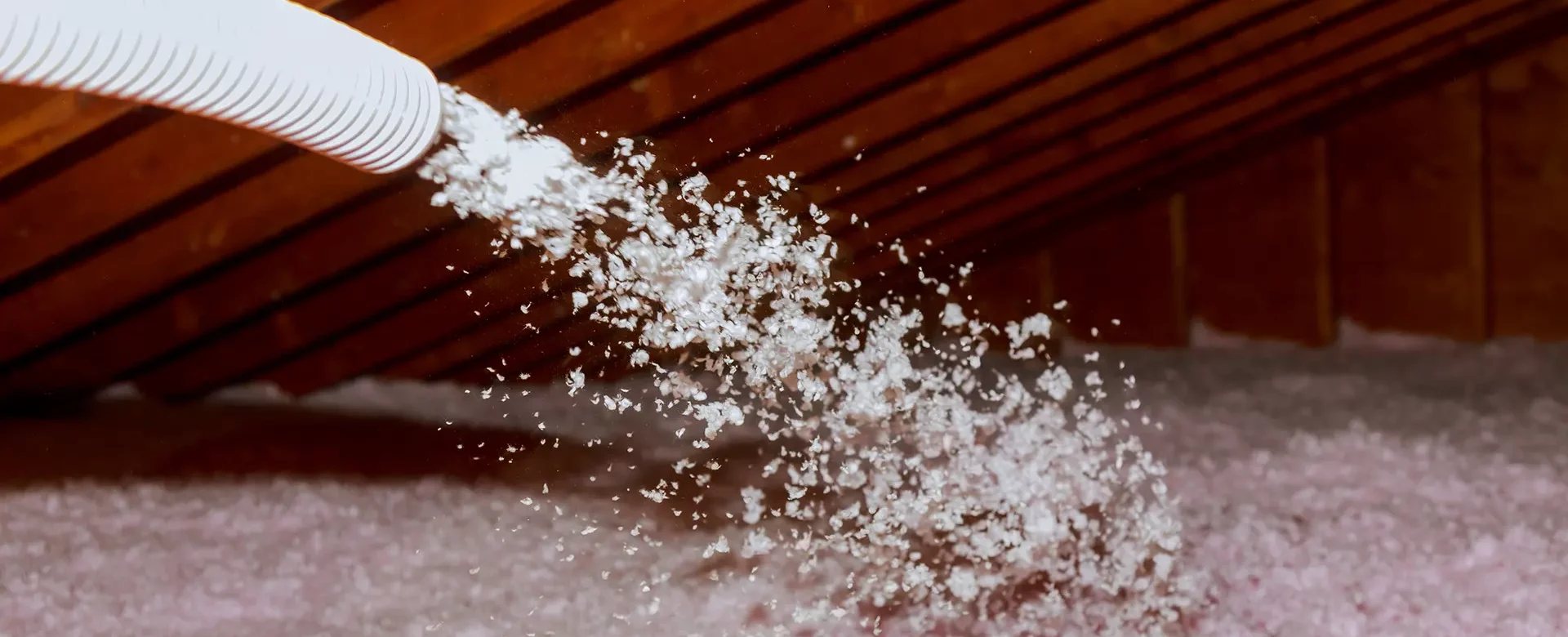
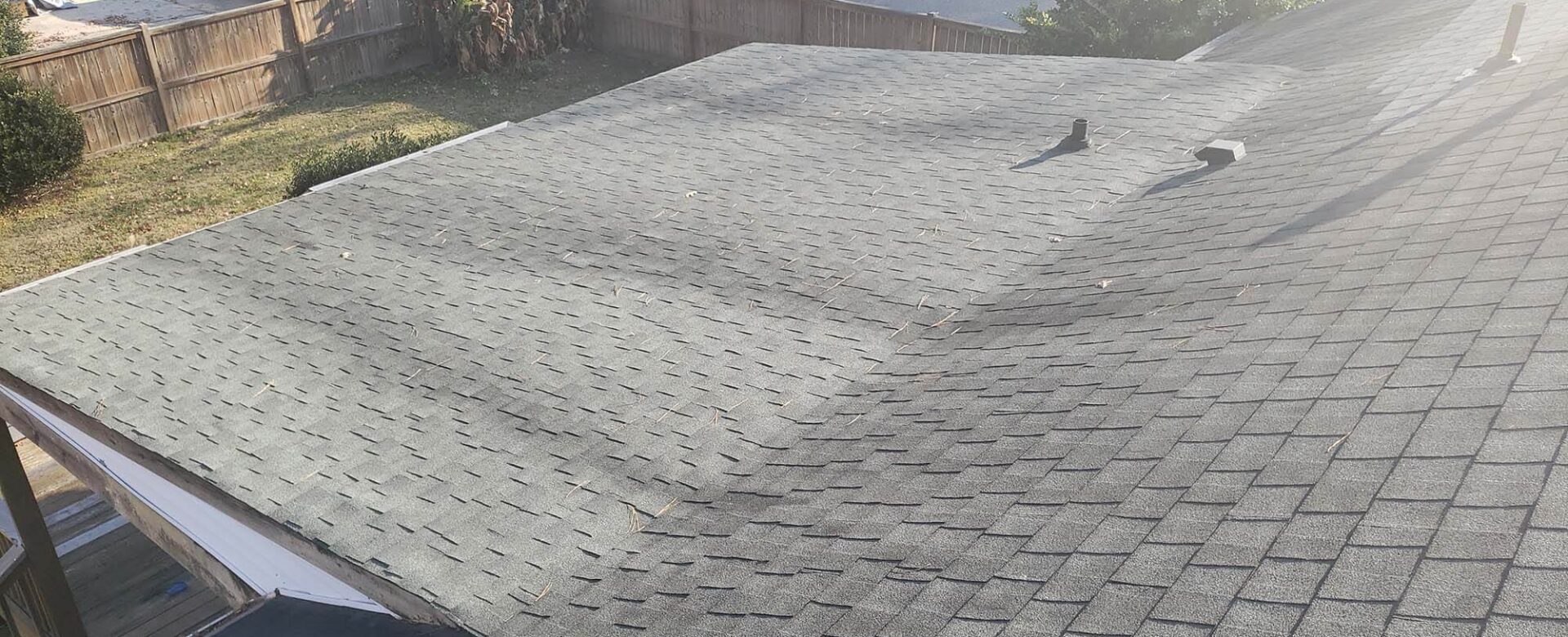
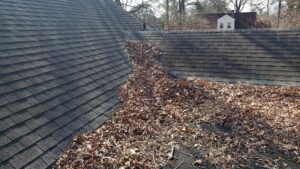

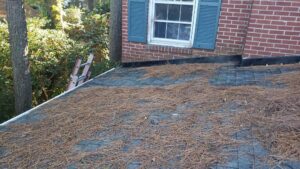



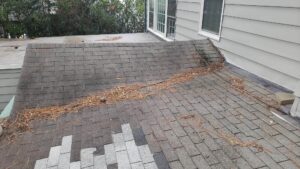


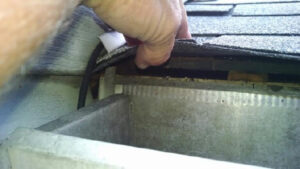
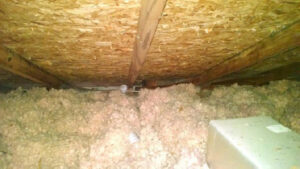
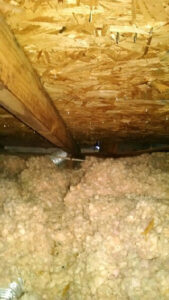
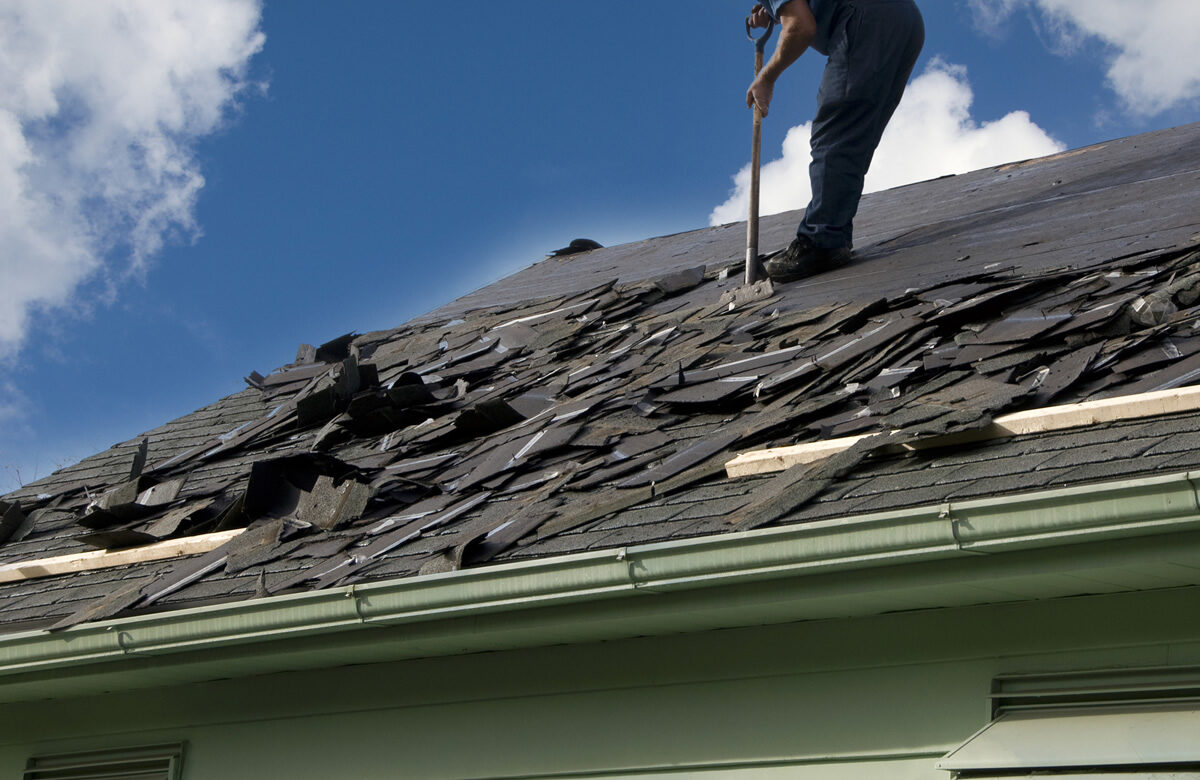

 As the weather changes from cold to mild to hot in Hampton Roads, you may find yourself fiddling with the thermostat more than usual. The dramatic changes in temperature that the spring season brings to southeast Virginia can affect a lot of systems around your house, and your roof is no exception.
As the weather changes from cold to mild to hot in Hampton Roads, you may find yourself fiddling with the thermostat more than usual. The dramatic changes in temperature that the spring season brings to southeast Virginia can affect a lot of systems around your house, and your roof is no exception.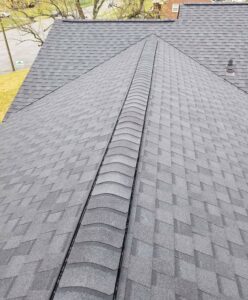 Your roof is highly susceptible to temperature changes both inside and outside of your home due to the sheer surface area and exposure to the elements. This is why proper ventilation is critical. In fact, ventilation may be the most important factor in roof durability. It’s easy to focus on the durability factors of your roofing materials – the lifespan of metal versus asphalt shingles versus composite materials and so on. But no matter how well made a roofing material is, if it’s installed over an unventilated roof, it’s bound to fail.
Your roof is highly susceptible to temperature changes both inside and outside of your home due to the sheer surface area and exposure to the elements. This is why proper ventilation is critical. In fact, ventilation may be the most important factor in roof durability. It’s easy to focus on the durability factors of your roofing materials – the lifespan of metal versus asphalt shingles versus composite materials and so on. But no matter how well made a roofing material is, if it’s installed over an unventilated roof, it’s bound to fail.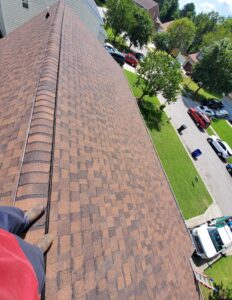
 In addition to this free flow of air, insulation can play a key role in proper attic ventilation. Ideally an attic will have a gap-free layer of insulation on the attic floor to protect the house below from heat gain or loss. It will also have a vapor retarder under the insulation and next to the ceiling to stop moisture from rising up from the home into the attic space. Then there should be enough vented spaces to let air in and out, and finally, there should be a minimum of one inch between the insulation and the roof sheathing. With these systems in place, your attic and roof are likely to stand the test of time.
In addition to this free flow of air, insulation can play a key role in proper attic ventilation. Ideally an attic will have a gap-free layer of insulation on the attic floor to protect the house below from heat gain or loss. It will also have a vapor retarder under the insulation and next to the ceiling to stop moisture from rising up from the home into the attic space. Then there should be enough vented spaces to let air in and out, and finally, there should be a minimum of one inch between the insulation and the roof sheathing. With these systems in place, your attic and roof are likely to stand the test of time.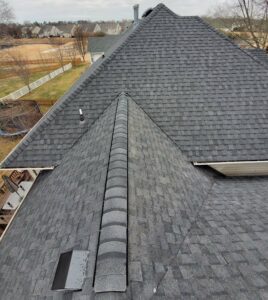 The best way to ensure that all of the proper ventilation measures have been taken to extend the life of your roof is to work with a qualified, licensed roofing contractor. At Andrews Roofing, we’ve been providing Hampton Roads homeowners with high quality roofing services for years, and we are experienced with the unique seasonal and meteorological issues that homes in this area face. If you’re concerned about your roof receiving ideal ventilation or if you need your roof system repaired or replaced,
The best way to ensure that all of the proper ventilation measures have been taken to extend the life of your roof is to work with a qualified, licensed roofing contractor. At Andrews Roofing, we’ve been providing Hampton Roads homeowners with high quality roofing services for years, and we are experienced with the unique seasonal and meteorological issues that homes in this area face. If you’re concerned about your roof receiving ideal ventilation or if you need your roof system repaired or replaced, 